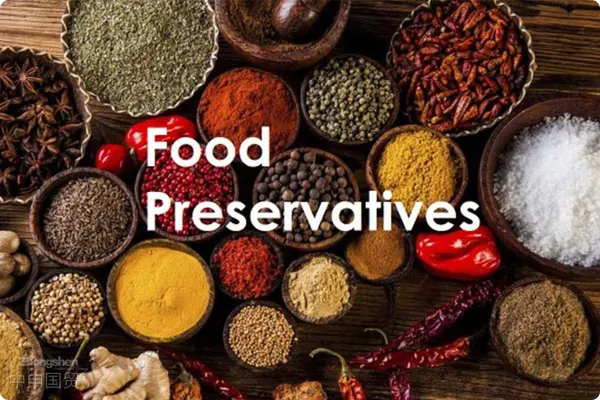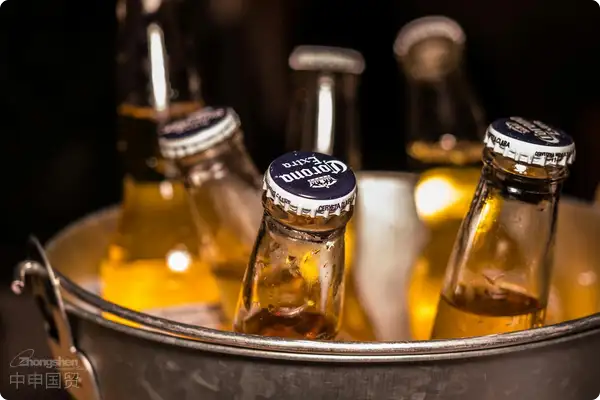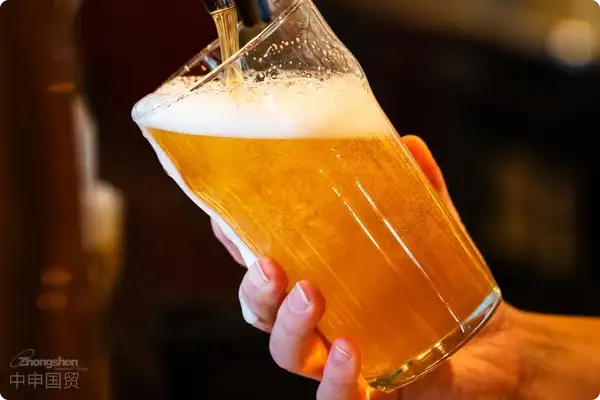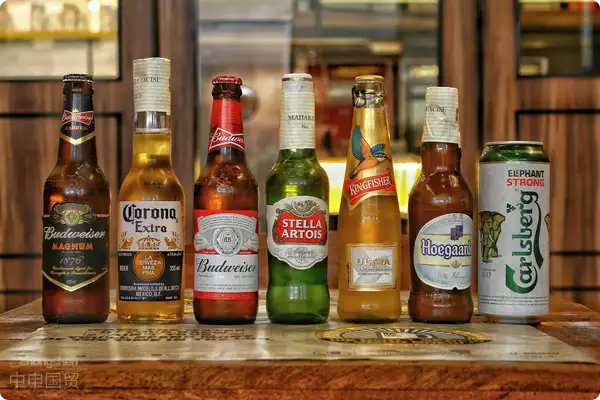- Shanghai Zhongshen International Trade Co., Ltd. - Two decades of trade agency expertise.
- Service Hotline: 139 1787 2118
When we enter supermarkets, the dazzling array of food attracts consumers, but what we often overlook are the food safety measures behind these products. With the rapid development of the food industry, food preservatives have become an important means to ensure food quality and safety. The use and compliance of food preservatives are critical factors. A single non-compliant detail may lead to product rejection or even damage to a companys reputation.
Forimport and exportFor enterprises, understanding the usage standards of food preservatives is essential, as it not only affects product quality but also directly relates to the smooth progress of international trade. So, how can you ensure compliance with relevant regulations during import/export and provide high-quality, safe products? This section will introduce the concept, usage requirements, and precautions of food preservatives for relevant enterprises as a reference.
What Are Food Preservatives?
Definition:
Food preservatives refer to chemical substances used to prevent spoilage of processed foods, fruits, and vegetables during storage by inhibiting or killing microorganisms. Based on application methods, preservation can be divided into physical and chemical methods. Food preservatives are the chemical substances used in chemical methods.
Broad and Narrow Definitions of Preservatives:
- Narrow Definition of Preservatives: Mainly refers to chemical substances such as sorbic acid and benzoic acid directly added to food to inhibit microorganisms.
- Broad Definition of Preservatives: In addition to the narrowly defined chemical substances, it also includes condiments with preservative effects like salt and vinegar, as well as disinfectants and preservatives applied during food storage but not directly added to food.

Common Food Preservatives:
- Benzoic Acid and Its Sodium Salt: Effective against various bacteria at pH below 4.5, commonly used in pickled vegetables, condiments, and beverages.
- Sorbic Acid and Its Potassium Salt: Exhibits good antibacterial effects in acidic environments, commonly used in dairy products, jams, beverages, and meat products.
- NisinIt has high safety and can inhibit Gram-positive bacteria, widely used in dairy products, canned foods, and meat products.
Usage Requirements for Food Preservatives
China has established strict national standards for food preservatives to ensure their compliant use. The usage standards of preservatives are mainly determined and tested through the following methods:
Scope of Use and Limits:
The National Food Safety Standard for the Use of Food Additives (GB 2760-2014) specifies 32 types of preservatives that can be applied to food and defines their scope of use and limits in various food categories. The new standard GB 2760-2024 will come into effect on February 8, 2025.
Testing Methods:
Common testing methods include Determination of Benzoic Acid, Sorbic Acid, and Sodium Saccharin in Foods (GB 5009.28-2016) and Determination of Synthetic Colorants in Foods (GB 5009.35-2023), which are used to test preservative residues.
Problems Enterprises Should Avoid When Using Preservatives
Although China has clear regulations on the use of food preservatives, many companies still exhibit non-compliant practices in actual applications. Below are common issues and their potential risks:
Use of Preservatives Beyond Approved Scope:
Some companies use preservatives in food categories where they are not permitted. For example, detecting dehydroacetic acid in fresh wet noodles or sorbic acid in steamed buns are typical cases of such misuse.
Use of Preservatives Beyond Approved Limits:
To reduce costs or extend shelf life, companies may use preservatives beyond the standard limits. This practice poses potential health risks to consumers.
Preservative Overuse Due to Ingredient Carryover:
Some preservatives may be carried over into the final product through food ingredients, leading to overuse. For instance, using ingredients that allow preservatives to produce foods that should not contain preservatives can easily result in overuse.
Non-Compliant Mixed Use of Preservatives:
The National Food Safety Standard for the Use of Food Additives (GB 2760-2014) specifies the maximum allowable proportions for mixed use of preservatives. However, some companies fail to strictly control the amounts of different preservatives, leading to overuse in mixed applications.
Precautions for Import/Export Enterprises in Preservative Usage
To ensure the quality and compliance of imported and exported products, companies must pay special attention to the following points when using food preservatives:
Proper Selection and Combined Use of Preservatives:
Companies should select suitable preservatives based on product characteristics. When necessary, combined use or appropriate compound preservatives can be employed for comprehensive preservation. Factors such as the order, method, and quantity of preservative addition directly affect their efficacy, so companies should determine the optimal addition method through testing.
Controlling the Impact of Sterilization Methods and Heat Treatment on Preservatives:
Different sterilization methods and heat treatments can affect the efficacy and residue levels of preservatives. Companies should ensure preservatives are used within reasonable limits to avoid excessive residues due to over-processing.
Considering the Solubility and pH Applicability of Preservatives:
To be effective, preservatives must dissolve and disperse evenly in food. For example, acidic preservatives like sorbic acid work best in acidic environments, so foods using such preservatives must have a certain level of acidity.
Understanding the Preservative Limits in Importing Countries:
Different countries have varying standards and limits for preservative use. Import and export companies should familiarize themselves with the relevant laws and regulations of target markets to ensure products meet the safety standards of importing countries and avoid trade risks due to non-compliance.
Conclusion
Food preservatives play a crucial role in ensuring food safety and extending shelf life. However, their use must comply with national standards and international trade regulations. When using preservatives, import and export companies must strictly adhere to food additive usage norms to ensure product quality and safety while avoiding economic losses or trade disputes due to non-compliant practices. By using food preservatives compliantly, companies can provide safer and higher-quality food to consumers, earning market trust.
Related Recommendations
Category case
Contact Us
Email: service@sh-zhongshen.com
Related Recommendations
Contact via WeChat

? 2025. All Rights Reserved. 滬ICP備2023007705號-2  PSB Record: Shanghai No.31011502009912
PSB Record: Shanghai No.31011502009912









